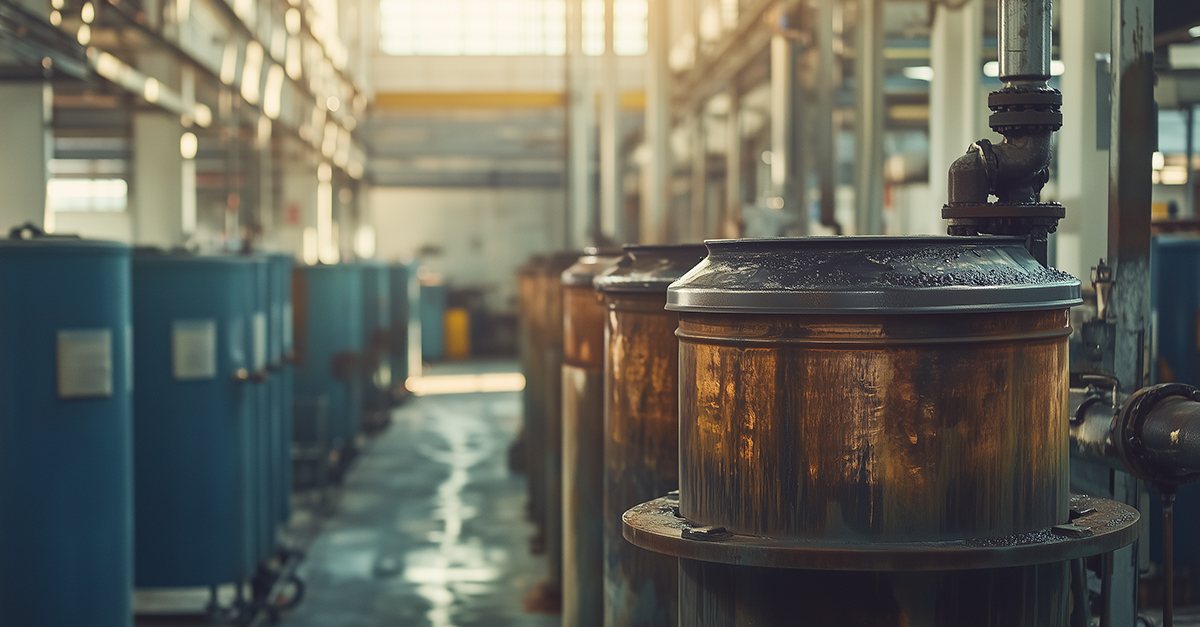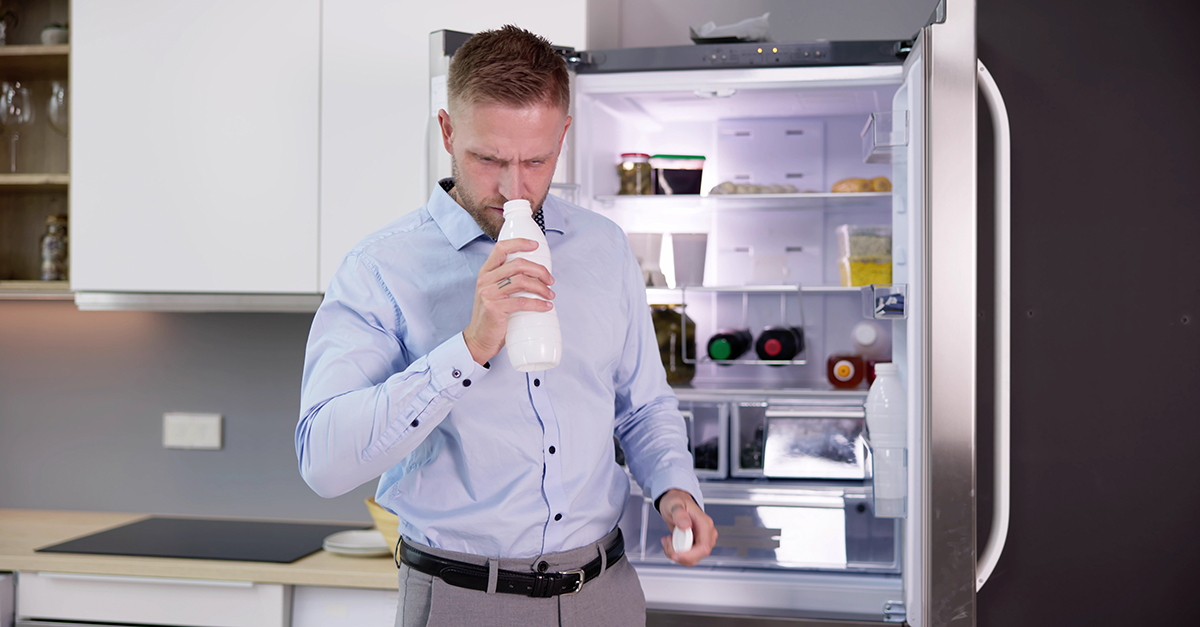
Q. What is the effect of adding bleach to Alconox Inc. products? We want to enhance our disinfection capability.
A. Some Alconox Inc. critical cleaners can be mixed with bleach (hypochlorite) for enhanced removal of bioorganic matter, bleaching or oxidizing properties, including:
- Alconox® Powdered Precision Cleaner
- Liquinox® Critical Cleaning Liquid Detergent
- Detonox® Ultimate Precision Cleaner
Adding bleach to Alconox, Liquinox and Detonox detergents can be done to enhance the oxidizing properties of these cleaners (1-2% or any working percentage). Adding oxidizing properties does also bring one more cleaning mechanism to the cleaning process which can be helpful if you are trying to clean dyes, pigments, heavy burned on organic residues, and other residues that are labile to oxidation. There are no adverse reactions that interfere with the bleach action or the detergency of the above referenced cleaners. You can get some removal of bioburden, but as we will explain, you need to clean a surface first before you disinfect.
If a certain amount of bleach contact time is specified (sometimes designated for decontamination of specific pathogens), then we recommend that you should clean with the appropriate Alconox Inc. cleaner first to assure that you have a clean surface. Else you risk having disinfected or sanitized “crud” or other types of residue including biofilms. They might be disinfected/sanitized/sterilized but a residue still remains. Following this thorough cleaning and rinsing (which allows for mass displacement of emulsion and chelated residues), use a separate bleach solution for specific designated time to be sure you have achieved your disinfection goal.
In principle you can add bleach to:
- Alcojet® Low Foaming Powdered Detergent
- Detojet® Low Foaming Liquid Detergent
- Solujet® Low-Foaming Phosphate-Free Liquid
- Detergent 8® Low-Foaming Ion-Free Detergent
- Tergajet® Low-Foaming Phosphate-Free Detergent
You will enhance the oxidation capacity of these detergents as well. Again, cleaning prior to the disinfection step is advised.
There are other Alconox Inc. brands whose cleaning ability is negatively impacted if bleach is added. For example, adding bleach to Tergazyme® Enzyme-Active Powdered Detergent will denature the enzyme and render it inactive. Moreover, the enzyme in Tergazyme detergent will be inactivated within seconds to exposure of 300 ppm hypochlorite, and within 2 minutes to exposure of 3.5 ppm hypochlorite at 100F (37C). Thus, it is certainly not recommended to add bleach to Tergazyme cleaner at any time.
Citranox® Liquid Acid Cleaner and Detergent, and Citrajet® Low-Foam Liquid Acid Cleaner/Rinse are acid cleaners and should not be mixed with hypochlorite because in sufficient quantities the mixture can form toxic chlorine gas, as they can acidify the bleach solution to below pH 7. It is not recommended to add hypochlorite to Citranox or Citrajet cleaners.
Alcotabs® Tablet Pipet Detergent, is another brand that is negatively impacted by the high pH of most bleach solutions. Adding bleach to Alcotabs detergent tablets can cause the pH of the solution to rise above pH 7 and prevent the effervescent/bubbling action of Alcotabs tablets. It is not recommended to add bleach to Alcotabs.
For disinfection of known efficiency, it is best to clean first followed by known disinfection at a known concentration of disinfectant for a known period of time. For example, with bleach, you can find recommendations to use a 1:9 dilution of 5.25% household bleach (1 and 1/2 cup bleach to a gallon of water or 3 ounces bleach to a quart of water) with 10 minutes of contact time for disinfection. For food contact surface cleaning you should not use more than a 200 ppm available chlorine solution (1 Tablespoon of 5.25% household bleach to a gallon).
Again, to get effective disinfection, you need a clean surface that will not have residues that inactivate the bleach and does not have residues that can shield pathogens from the bleach. Disinfection should be done on a clean surface. Adding bleach to a detergent can enhance the disinfection properties of a detergent, but unless used on an already clean surface, you are not getting specific time and concentration disinfection properties from the bleach and detergent solution.
To request these or any Alconox Inc. detergent for free, please complete the questionnaire at Get Sample. For more information about any one of our Alconox Inc. detergents, consult the technical bulletin for each product. Or click here to access each of our detergent’s Safety Data Sheets.
Do you have a critical cleaning question for the experts at Alconox Inc.? Search TechNotes to see if it’s been answered before or Ask Alconox.



